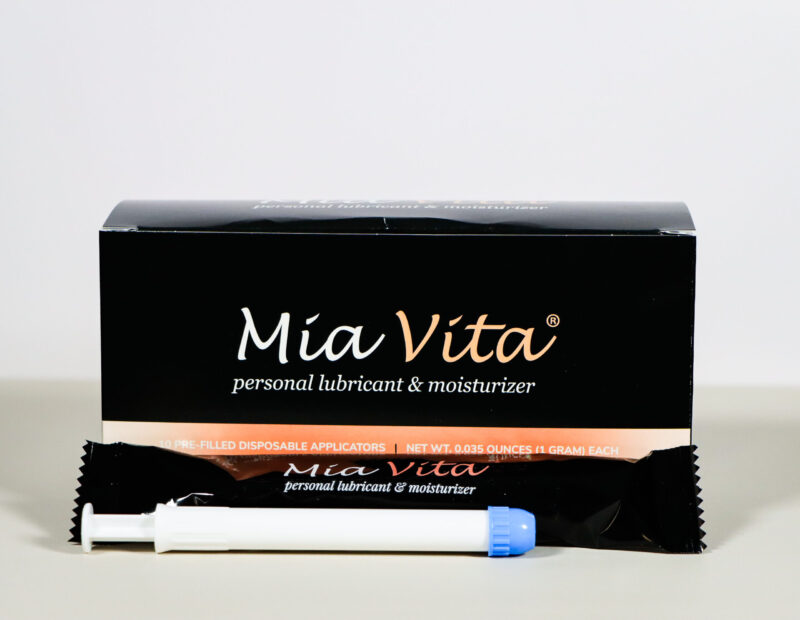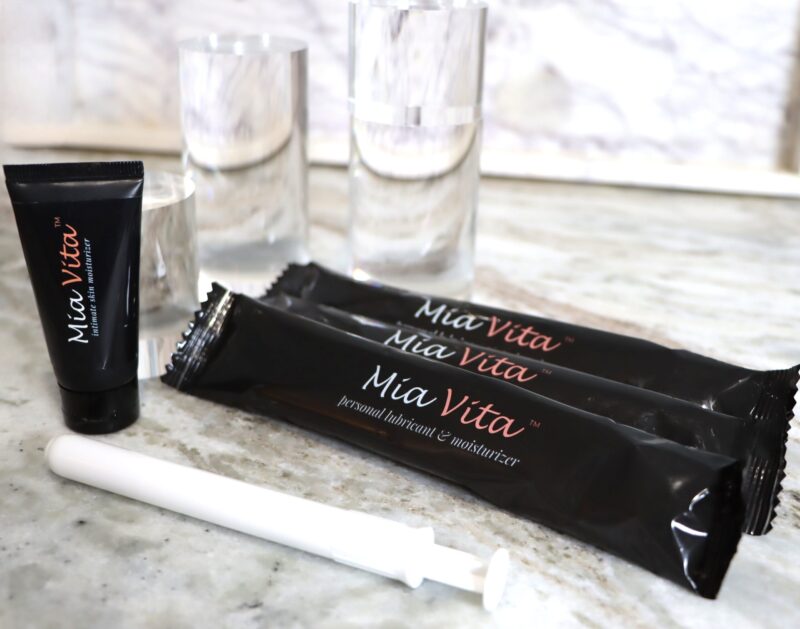Fewer books have made as profound a mark on women’s lives and feminist movements as Our Bodies, Ourselves. First published in 1970 as a pamphlet, Our Bodies, Ourselves grew into a movement, empowering women to take control of their health and ushering in a new era of self-awareness and advocacy. But what set this book apart, leading to a remarkable eight updated editions in the forty years that followed?
How did Our Bodies, Ourselves come to be?
The first commercial edition of Our Bodies, Ourselves evolved from a 193-page pamphlet initially titled Women and Their Bodies.
In 1969, a group of educated, middle-class women met during a conference at Emmanuel College on women’s rights and female liberation. After attending a workshop that highlighted the lack of information about women’s bodies and sexuality, they collectively realized how little they knew about their own health and how often the medical community dismissed women’s specific health concerns.
Motivated by this lack of awareness and a desire to empower more women to learn about their bodies, these women formed a collective known as the Doctor’s Group. They began to write and share articles that included detailed information about pregnancy, sexuality, and menopause, integrating both real-life stories and research. Eventually, these articles formed the basis for the comprehensive pamphlet Women and Their Bodies published in 1970, which would soon become a groundbreaking resource for women.
What content did the authors include in “Women and their Bodies?”
In the late 1960s, healthcare providers often treated women as passive recipients of care, and general information about women’s bodies and anatomy was scarce. For instance, unmarried women struggled to acquire birth control, abortion remained illegal, and many symptoms and diagnoses deemed “women’s issues” were ignored or steeped in shame.
So, the authors made sure to address topics such as reproductive anatomy, contraception, and abortion in detail, which were rarely—if ever— openly discussed. Some described the pamphlet’s contents as “part health manual, part do-it-yourself instructions, and part feminist manifesto.”
One of the most well-known excerpts even encouraged women to hold up a hand mirror to their vulva to get to know their own reproductive anatomy, a first for many women yet a necessary step toward better understanding their bodies.
The Explosive Growth of Our Bodies, Ourselves
The pamphlet’s release coincided with the growing feminist movement of the late 1960s and early 1970s when women faced significant barriers to equal rights, including adequate medical care. However, by educating women about their unique health needs, Women and Their Bodies provided the necessary tools to become more active participants in their health, allowing them to gain further autonomy and independence.
Due to its novel and “divisive” content, Women and Their Bodies did face some backlash but found notoriety thanks to the many people who spread the word (and copies) among friends, family, and colleagues, creating and expanding a network of informed women.
In 1971, the authors renamed their publication Our Bodies, Ourselves to better “emphasize women taking full ownership of their bodies.” The newly named pamphlet went on to sell a stunning 225,000 copies—mostly through word of mouth— in the following few years.
However, due to its rise in popularity, the small press the authors first used could no longer keep up with the demand. So, in 1973, they formed the Boston Women’s Health Book Collective to publish Our Bodies, Ourselves’ first commercial edition with Simon and Schuster.
Expanding Impact: The 1970s and Beyond
Eight revised and updated editions followed, which included new chapters about body image, AIDS, and women of color. The same group of authors also published books about particular phases and changes in women’s lives, such as Ourselves: Pregnancy and Birth and Our Bodies, Ourselves: Menopause.
Yet the impact of Our Bodies, Ourselves extended far beyond the US. As the book gained recognition for its comprehensive approach to women’s health, it was translated into more than 34 languages (as of July 2024) and adapted for different cultures. Each translation involves a careful adaptation process to ensure the content resonates with women around the world, including different social norms and legal realities. In fact, translations eventually “moved away from […] direct translations to resources that were adapted by women who lived in the communities where the materials were created.”
The Continued Influence of Our Bodies, Ourselves
In 2018, financial constraints and the rise of instantly up-to-date information online led to the decision to stop printing updated versions. However, though 2011 saw the last print edition of Our Bodies, Ourselves, the book’s influence continues to inspire women to advocate for equal healthcare and remains a cornerstone in the fight for women’s health rights and bodily autonomy. Excerpts from the book are also still available on the group’s website.
We salute those bold women who came before us! FemmePharma’s mission is to continue to empower women with knowledge through its blogs and the Love, Mia Vita podcast.



